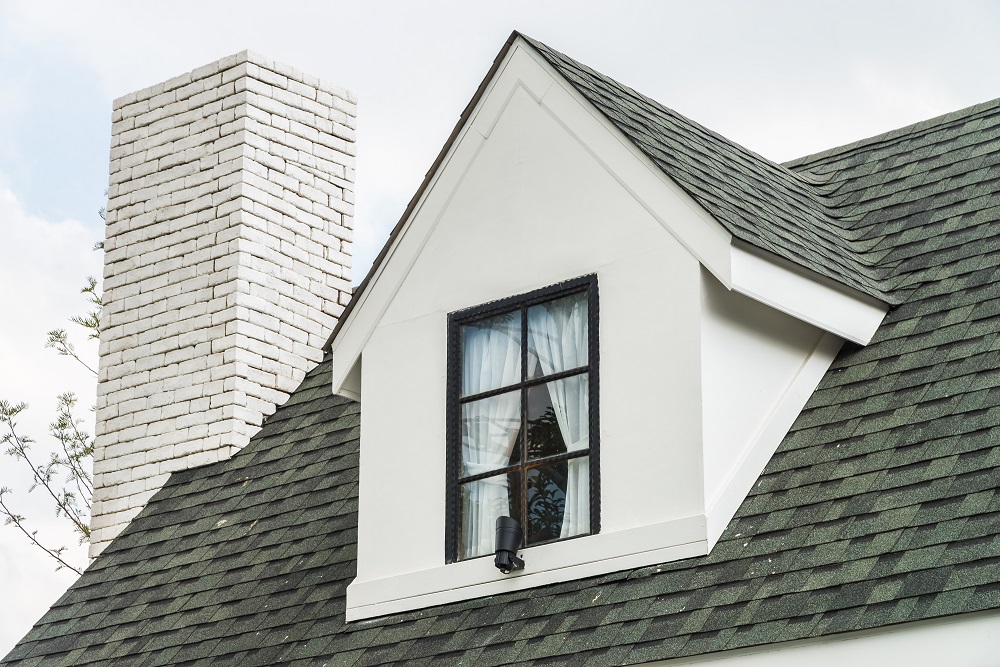Common Areas You May Find Asbestos in Your Home
If you look around your home, you may not be able to tell if there is asbestos lurking around. If your home was built before 1980, there are a few areas of your home that are more likely to contain asbestos than others though. If these areas are in good condition, the use of asbestos is not too concerning. Being aware of potential areas in your home that may have asbestos is important if you were to do home renovations though. Below you will find common areas in older homes that might have asbestos.
Attic Insulation
The attic is likely the most common place to have asbestos in your home, especially if it was built between 1950 and 1970. This is due to unsafe vermiculite insulation which was often sourced from a Libby, Montana mine. The vermiculite that was extracted from this area also had tremolite, a form of asbestos extracted with it.
Roof Shingles
Asphalt shingles that were used for homes before the 1980s have the potential to contain asbestos. The amount of asbestos is very minimal though. Shingles manufactured after August of 1989 do not contain asbestos as the EPA banned them at this time. Due to the ban, it is very unlikely that your home’s roof shingles contain asbestos.
Textured Paint
Popcorn ceilings are one area of homes that could potentially have asbestos contamination. This style of ceiling became popular in the 1950s when vermiculite insulation was also popular. While some popcorn ceilings do not contain asbestos, some can be up to 10% asbestos. If your ceiling hasn’t had any water damage, tears, or other damage, the risk of toxins is extremely low. If it were to be damaged or altered is when the use of asbestos can be of concern.
Vinyl Floor Tiles
The majority of floor tiles manufactured and installed in homes between 1920 and 1960 had asbestos. Some companies continued to use asbestos for vinyl floor tiles from 1960 to 1980 as well, though the chances are less than in prior years. Vinyl floor tiles that were 9-inch x 9-inch were the most popular floor tile built for homes that contained asbestos. Some of the vinyl floor tiles were also available as 12-inch and 18-inch squares, but they were not as popular.
Pipe Insulation
Pipe insulation that may contain asbestos is often corrugated cardboard or paper in a gray or off-white color. The insulation is fully wrapped around pipes and then covered with an outer layer to keep the insulation in place. Pipes most likely to be covered in this material would commonly be found in utility areas, near boilers, and in furnace rooms.
How to Identify Asbestos
As previously stated, asbestos cannot be identified by simply looking at it. Testing is required to confirm asbestos. While it is possible to get an asbestos testing kit at a local hardware store, it can be dangerous if not done properly. Removing asbestos is a job that is best left to professionals.
Before doing any home renovations that could disturb the common areas of your home that might contain asbestos, it is best to do testing. Disturbing materials containing asbestos run the risk of toxic exposure. Again, this is why it is best to leave testing and removal to professionals.
Hire professionals to remove asbestos from your home
While it is possible to send a testing kit in to determine if you have asbestos in the home, it is much safer to have trained professionals handle asbestos testing. Some areas of your home will not require testing, such as vermiculite insulation, and can be removed by trained professionals. Contact Ecotelligent Homes today to help remove unwanted and unsafe asbestos from your home.
Feature Image by lifeforstock on Freepik
